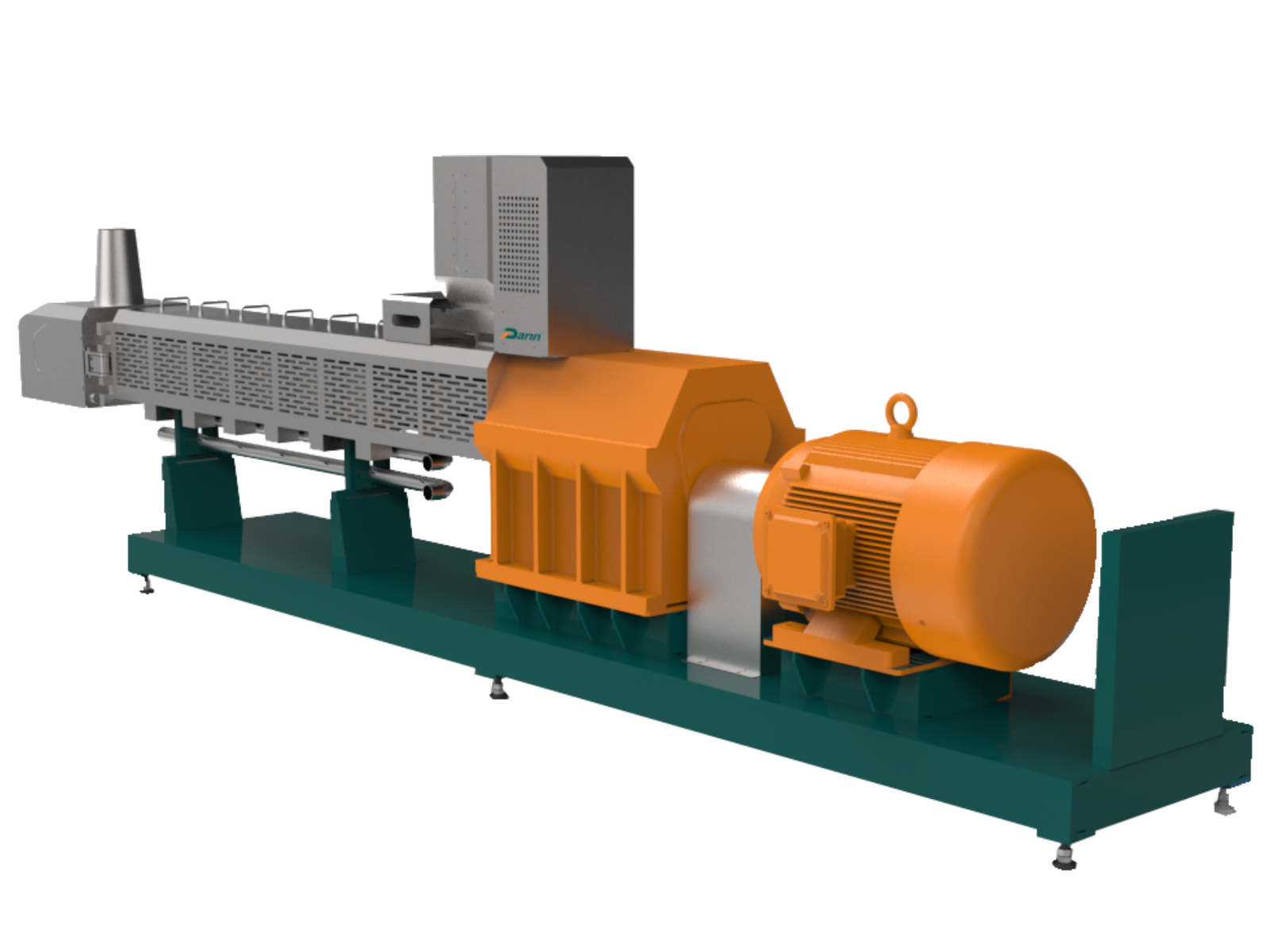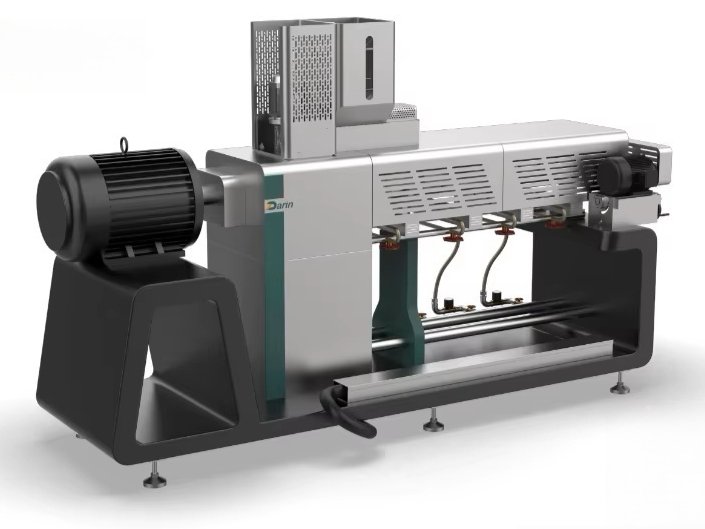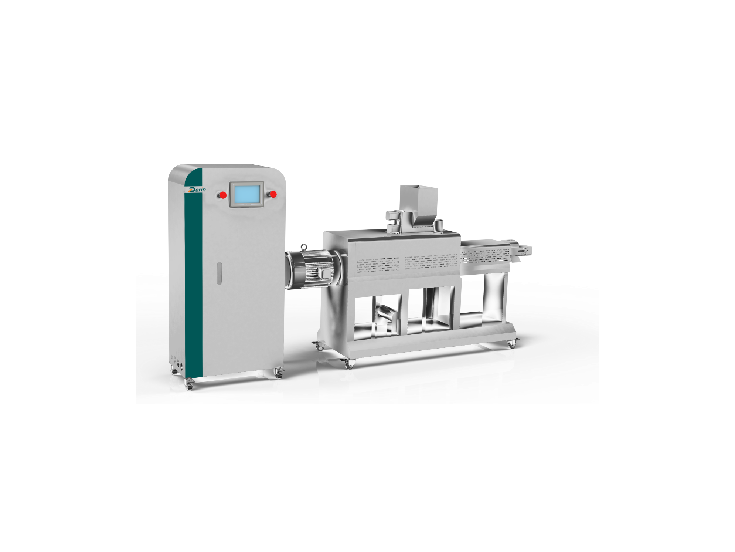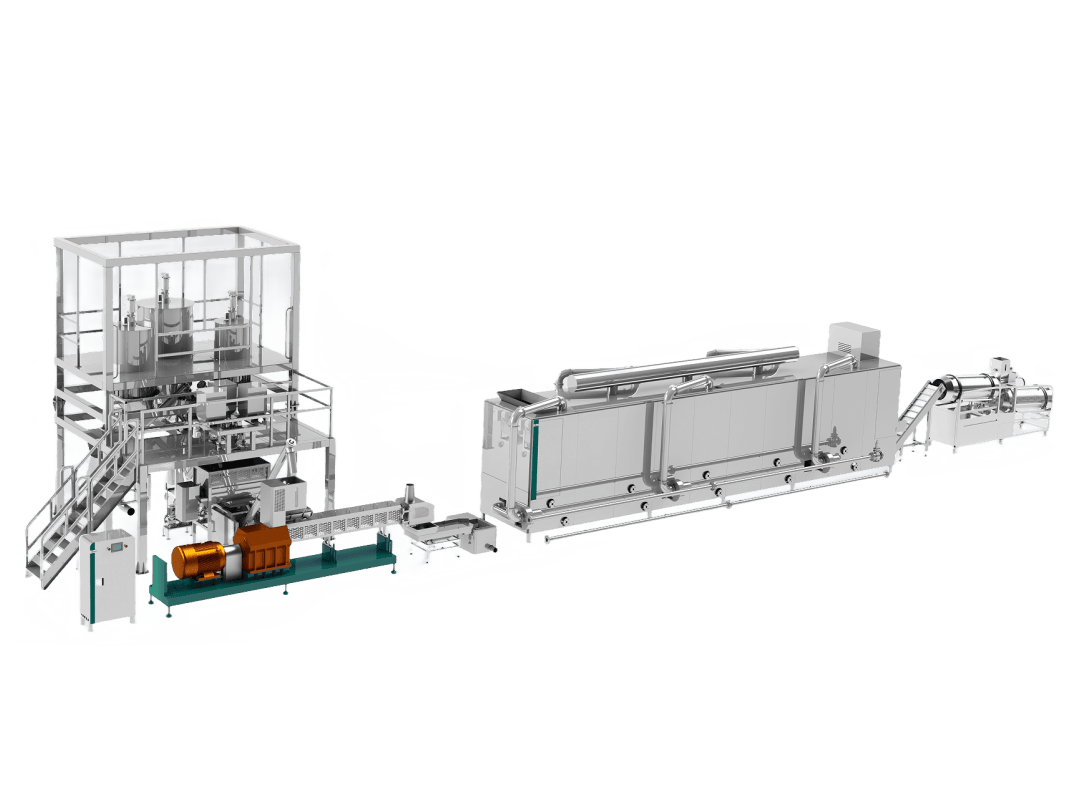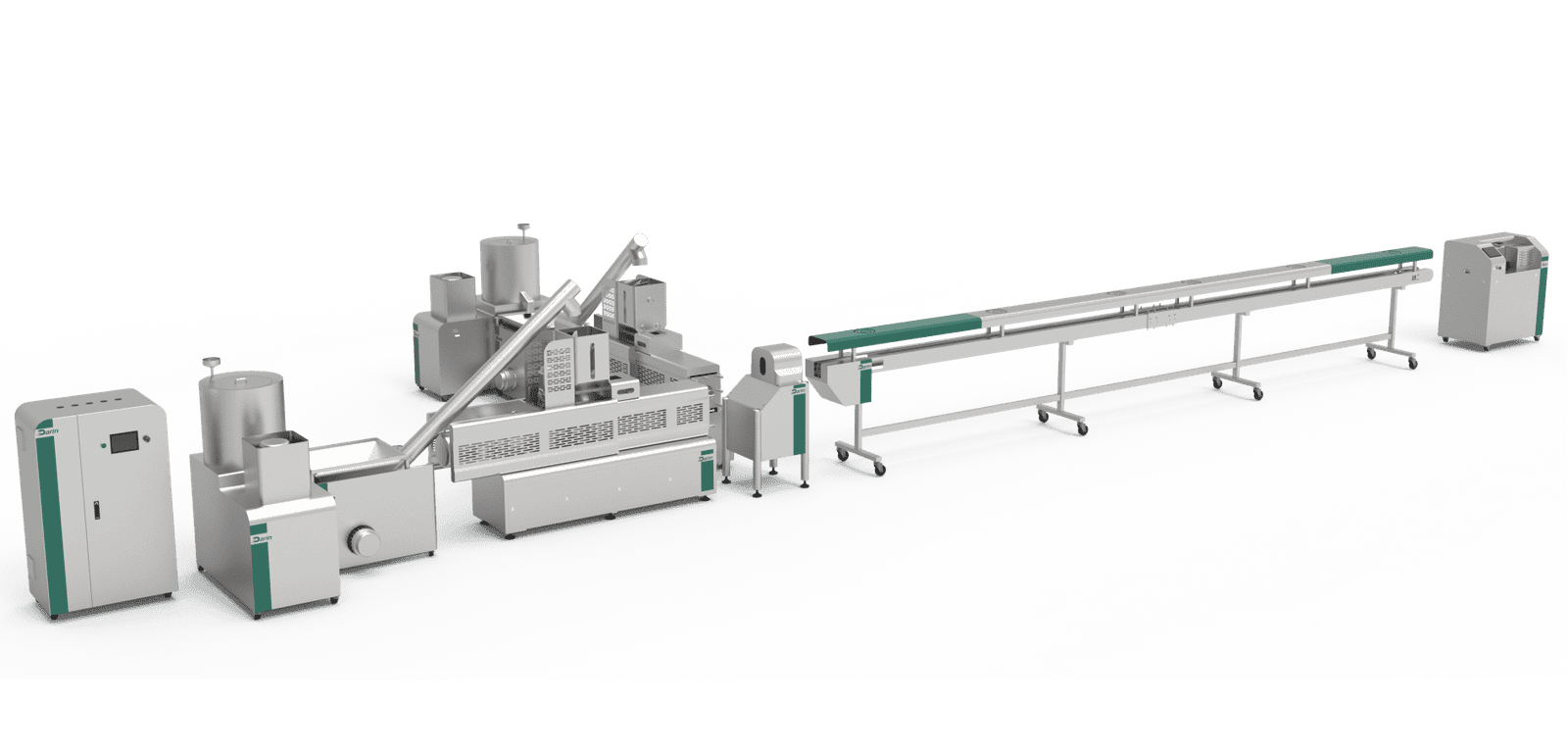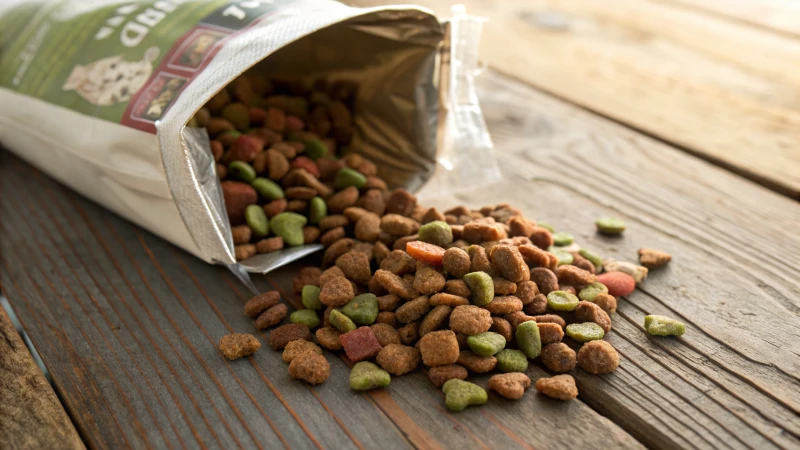
In the early days of commercial pet food, manufacturers struggled with production methods that would ensure long shelf life, proper nutrition, and cost efficiency. Before the development of modern extrusion technology, pet food was either canned or baked, both of which had limitations. Canned food was expensive and prone to spoilage, while baked kibble lacked uniformity in texture and digestibility. These issues led to the invention of extruded dog food, a process that revolutionized the pet food industry. But who invented extrusion dog food, and how did it become the standard method for producing kibble?
Who Invented Extrusion Dog Food?
The extrusion process for making dog food was invented by Ralston Purina in the 1950s. The company adapted extrusion technology from the breakfast cereal industry, allowing for the production of uniform, digestible, and longer-lasting kibble. This innovation set the foundation for modern dry pet food manufacturing.
After the invention of extrusion-based kibble, the pet food industry rapidly shifted towards this method due to its numerous advantages, including cost-effectiveness, convenience, and improved nutrient retention. But how exactly does the extrusion process work, and why did it become the gold standard for pet food production? Keep reading to find out.
Ralston Purina was the first company to introduce extruded dog food in the 1950s.True
Ralston Purina adapted cereal extrusion technology to create dry dog food kibble, pioneering modern pet food manufacturing.
The Extrusion Process in Dog Food Production
The extrusion process is a high-temperature, high-pressure cooking method that transforms raw ingredients into consistent, digestible kibble. It involves the following steps:
- Ingredient Mixing – Raw ingredients such as grains, meat meals, vitamins, and fats are blended into a uniform mixture.
- Preconditioning – Steam and water are added to partially cook and hydrate the ingredients.
- Extrusion Cooking – The mixture is forced through an extruder, a machine that applies heat and pressure while pushing the material through a die (shaping plate).
- Expansion & Shaping – As the material exits the extruder, it expands and is cut into small, uniform kibble pieces.
- Drying & Coating – The kibble is dried to reduce moisture content, increasing shelf life. Afterward, fats and palatants (flavor enhancers) are sprayed onto the surface.
- Packaging – The final product is bagged and prepared for distribution.
Why Was Extrusion a Game-Changer?
Extrusion technology solved multiple challenges in pet food production. Before its invention, dog food was primarily in canned or biscuit form, both of which had drawbacks:
| Traditional Method | Problems Before Extrusion | Extrusion Advantages |
|---|---|---|
| Canned Dog Food | Expensive, heavy, prone to spoilage | Longer shelf life, lightweight, cost-effective |
| Baked Kibble | Hard, inconsistent texture, lower digestibility | Uniform texture, better digestibility, customizable recipes |
Extrusion allows pet food manufacturers to control kibble size, texture, and nutrient content.True
The extrusion process enables precise formulation adjustments, ensuring optimal nutrition and palatability for different dog breeds and dietary needs.
Impact of Extruded Dog Food on the Pet Food Industry
The introduction of extruded dog food transformed pet nutrition by making dry food more accessible, affordable, and nutritionally complete. The impact of this innovation includes:
- Mass Production & Commercialization – Large-scale production became feasible, reducing costs and making pet food widely available.
- Nutritional Improvements – Manufacturers could formulate balanced diets with added vitamins, minerals, and specialized ingredients for specific health needs.
- Increased Pet Ownership – Affordable and convenient kibble contributed to the rise of pet ownership, as feeding became easier and more cost-effective.
- Growth of the Global Pet Food Market – The extruded pet food market grew into a multi-billion-dollar industry, with continuous advancements in formulations and technology.
Future Trends in Extruded Dog Food
While extrusion remains the dominant method of pet food production, modern innovations are shaping the future of kibble, including:
- Cold-Pressed & Low-Temperature Extrusion – Preserves more nutrients and improves digestibility.
- Grain-Free & High-Protein Formulations – Meets the evolving dietary needs of dogs with sensitivities.
- Sustainable & Eco-Friendly Ingredients – Reducing the carbon footprint of pet food production by using alternative proteins like insects or lab-grown meat.
| Year | Innovation | Industry Impact |
|---|---|---|
| 1950s | Invention of extruded kibble | Transformed pet food production |
| 1980s | Introduction of premium kibble | Improved ingredient quality |
| 2000s | Grain-free formulations | Targeted dietary needs |
| 2020s | Sustainable pet food | Focus on eco-friendly practices |
The future of pet food will include more sustainable and alternative protein sources.True
With growing concerns about environmental impact, pet food manufacturers are exploring plant-based, insect-based, and lab-grown proteins.
Conclusion: The Legacy of Extrusion in Pet Food
Ralston Purina’s invention of extrusion-based dog food in the 1950s was a breakthrough that shaped modern pet nutrition. The extrusion process allowed for the mass production of nutritious, long-lasting, and cost-effective kibble, making it the most popular dog food format today. As the pet food industry continues to evolve, extrusion technology remains at the heart of innovation, adapting to new dietary trends and sustainability goals.
Want to Learn More About Pet Food Manufacturing? Contact Us!
If you’re interested in pet food production, formulation, or extrusion technology, our team of experts can help. Whether you’re developing a new pet food brand or improving existing formulations, we provide industry-leading expertise and solutions.
📩 Contact us today to discuss your pet food project!
FAQ
What company invented extrusion dog food?
Ralston Purina invented the extrusion process for dog food in 1954. This method allowed for the efficient production of dry kibble by using heat and pressure to cook and shape pet food, improving digestibility and shelf life.
How does the extrusion process work for dog food?
Extrusion involves mixing ingredients, cooking them under high heat and pressure, and then pushing the mixture through a die to create kibble shapes. The process ensures uniform texture, better nutrient absorption, and extended shelf life.
Why was the extrusion process a game-changer for pet food?
The extrusion process revolutionized pet food by enabling mass production of consistent, nutritious, and long-lasting kibble. It allowed manufacturers to incorporate various ingredients and vitamins, enhancing pet nutrition and convenience for owners.
What pet food brands use extrusion technology today?
Most major pet food brands, including Purina, Royal Canin, Hill’s Science Diet, and Blue Buffalo, use extrusion technology to produce dry kibble efficiently while maintaining nutritional value.
What are the benefits of extruded dog food?
Extruded dog food offers improved digestibility, enhanced nutrient retention, longer shelf life, and a variety of textures and flavors. It also allows for the inclusion of essential vitamins, minerals, and protein sources for balanced pet nutrition.
References
- History of Purina Pet Food - https://www.purina.com
- Extrusion Cooking in Pet Food Processing - https://www.petfoodprocessing.net
- How Dry Pet Food is Made - https://www.aafco.org
- The Science Behind Extruded Pet Food - https://www.petfoodindustry.com
- Understanding Kibble Manufacturing - https://www.sciencedirect.com
- Extrusion and Its Role in Pet Nutrition - https://www.nationalacademies.org
- Dry Dog Food vs. Other Pet Food Types - https://www.akc.org
- Pet Food Extrusion: A Comprehensive Guide - https://www.feedstrategy.com
- Purina and the Evolution of Pet Food - https://www.nestle.com
- Innovations in Pet Food Manufacturing - https://www.ifst.org


